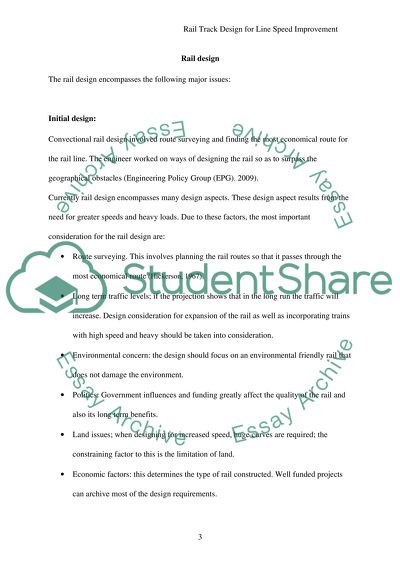Cite this document
(“Rail Track Design for Line Speed Improvement Research Paper”, n.d.)
Rail Track Design for Line Speed Improvement Research Paper. Retrieved from https://studentshare.org/engineering-and-construction/1511009-track-design-for-linespeed-improvements-essay
Rail Track Design for Line Speed Improvement Research Paper. Retrieved from https://studentshare.org/engineering-and-construction/1511009-track-design-for-linespeed-improvements-essay
(Rail Track Design for Line Speed Improvement Research Paper)
Rail Track Design for Line Speed Improvement Research Paper. https://studentshare.org/engineering-and-construction/1511009-track-design-for-linespeed-improvements-essay.
Rail Track Design for Line Speed Improvement Research Paper. https://studentshare.org/engineering-and-construction/1511009-track-design-for-linespeed-improvements-essay.
“Rail Track Design for Line Speed Improvement Research Paper”, n.d. https://studentshare.org/engineering-and-construction/1511009-track-design-for-linespeed-improvements-essay.


